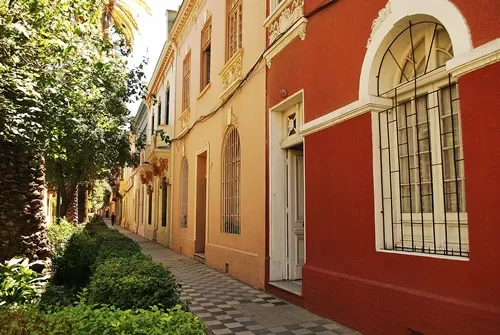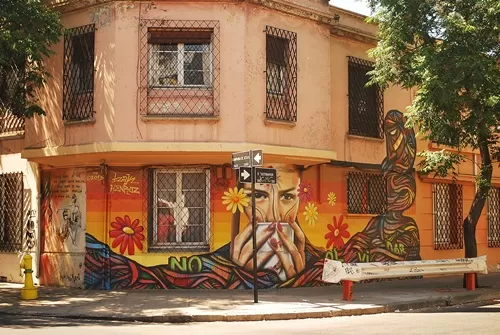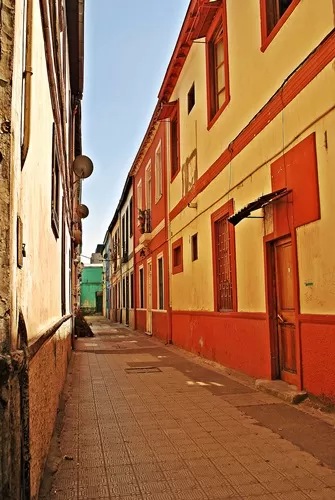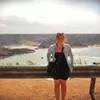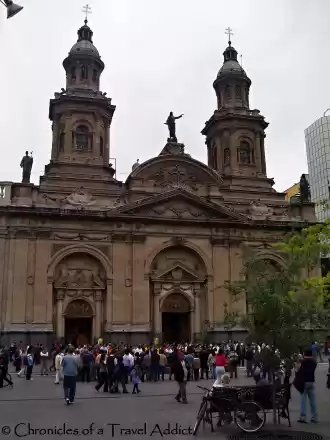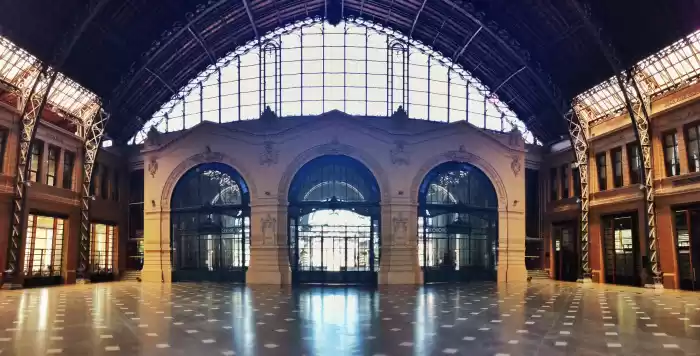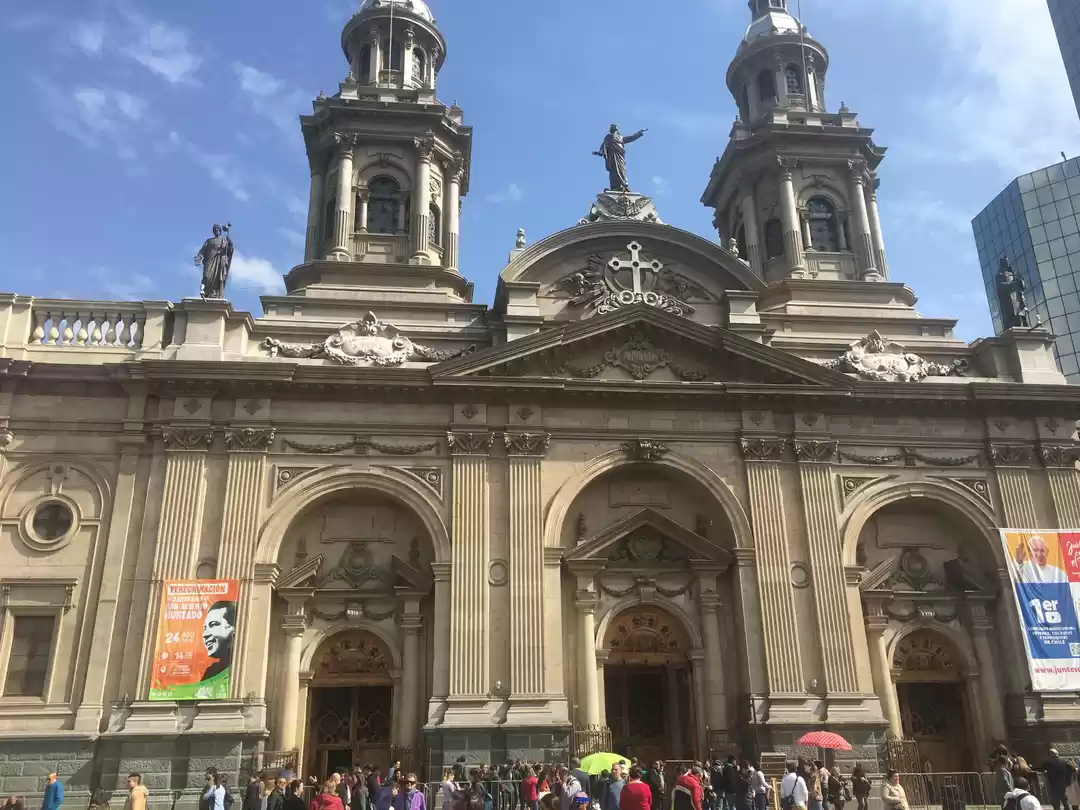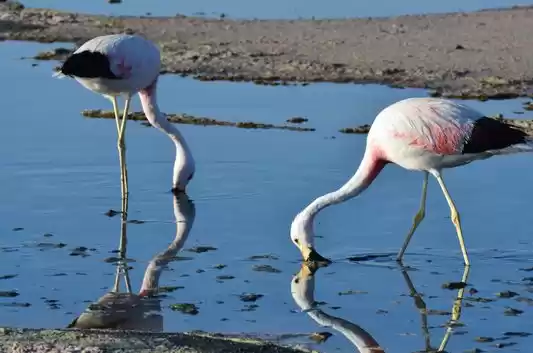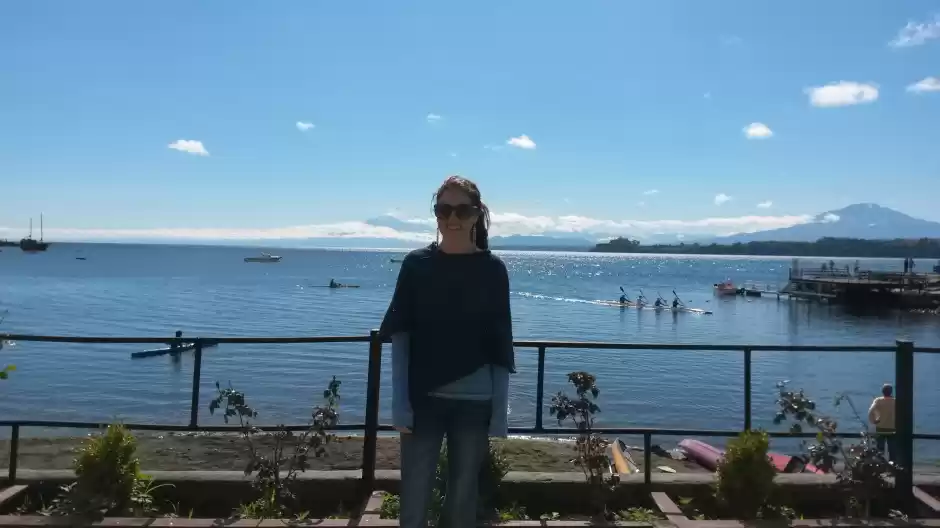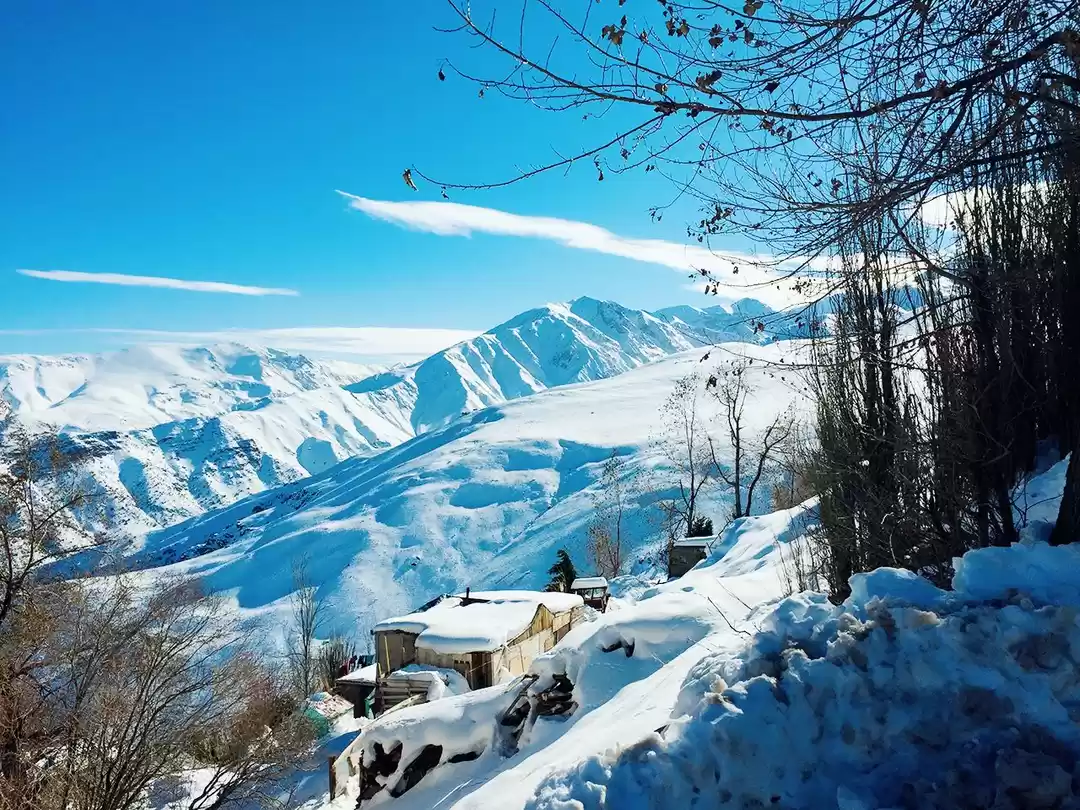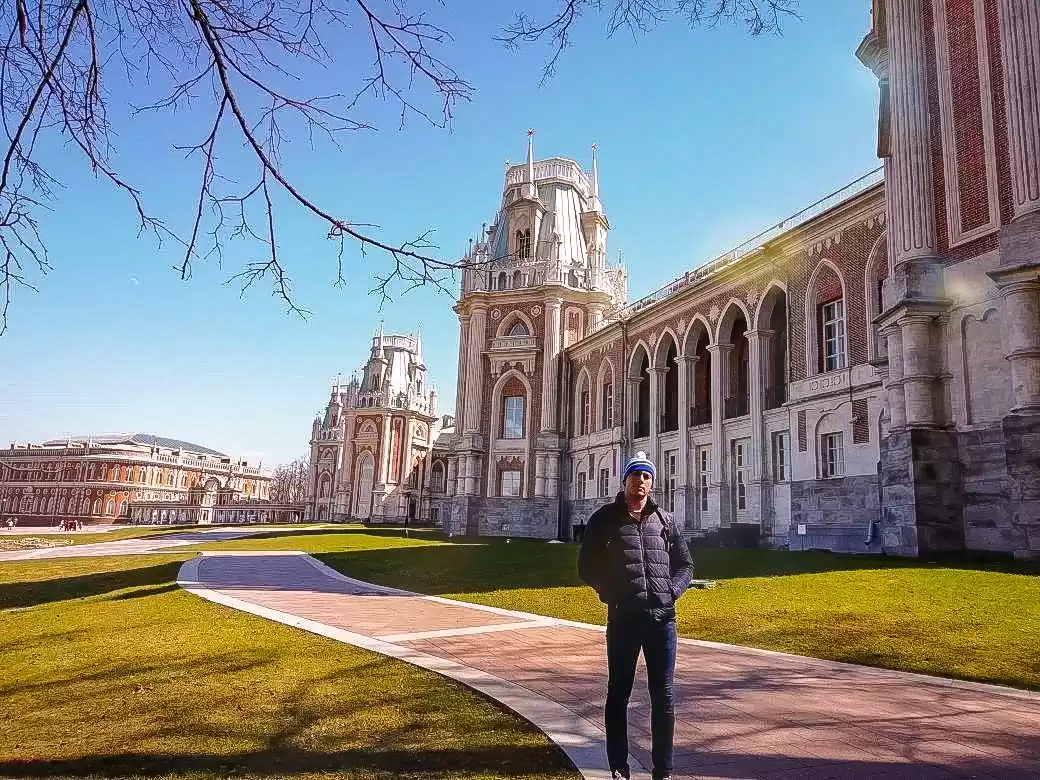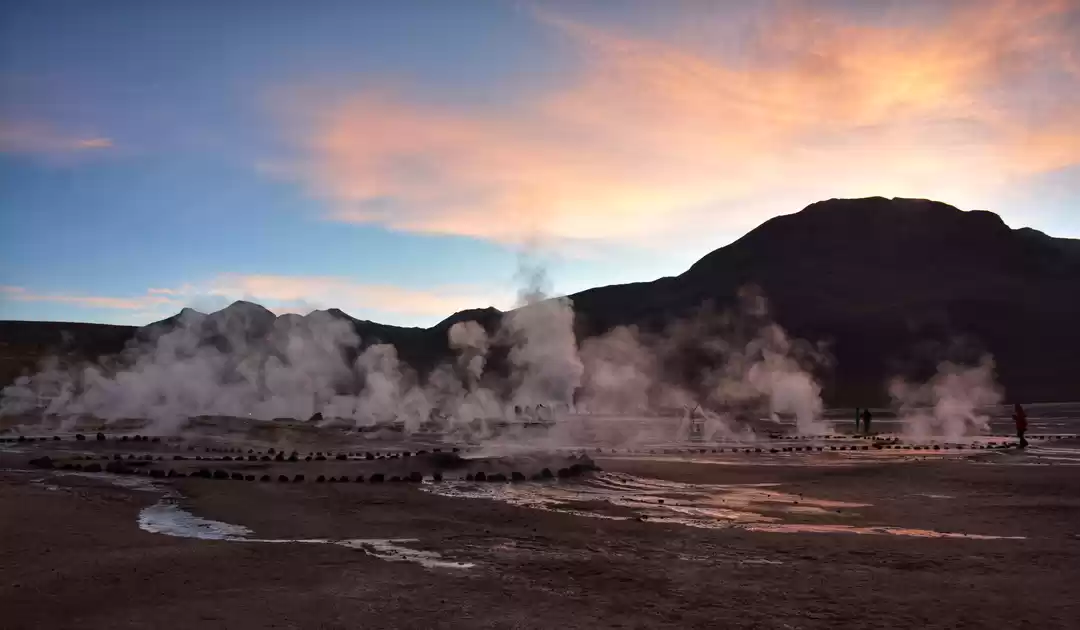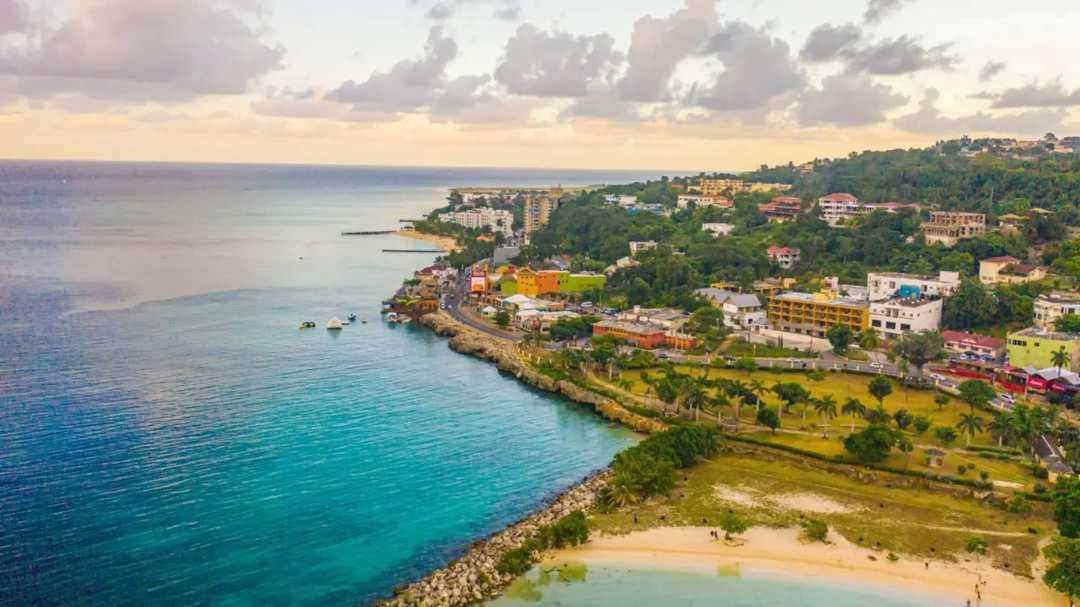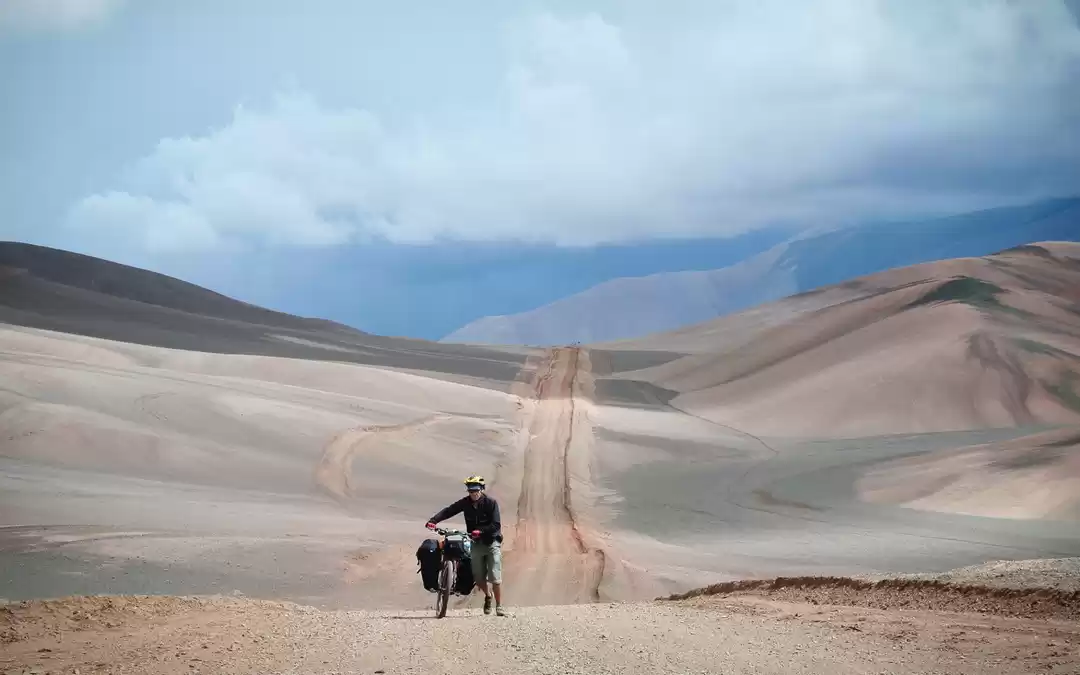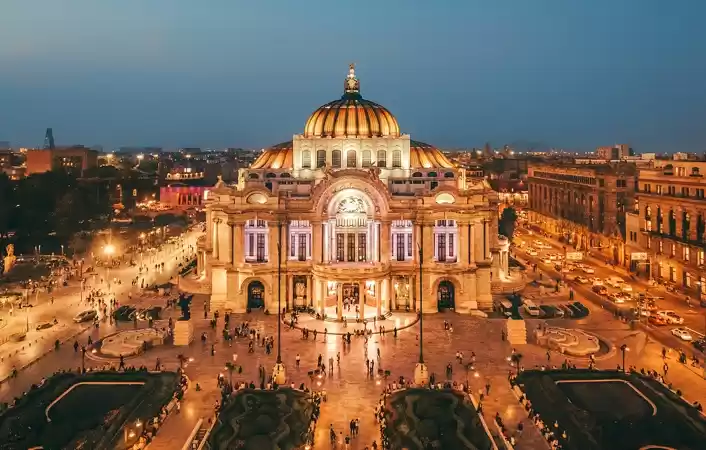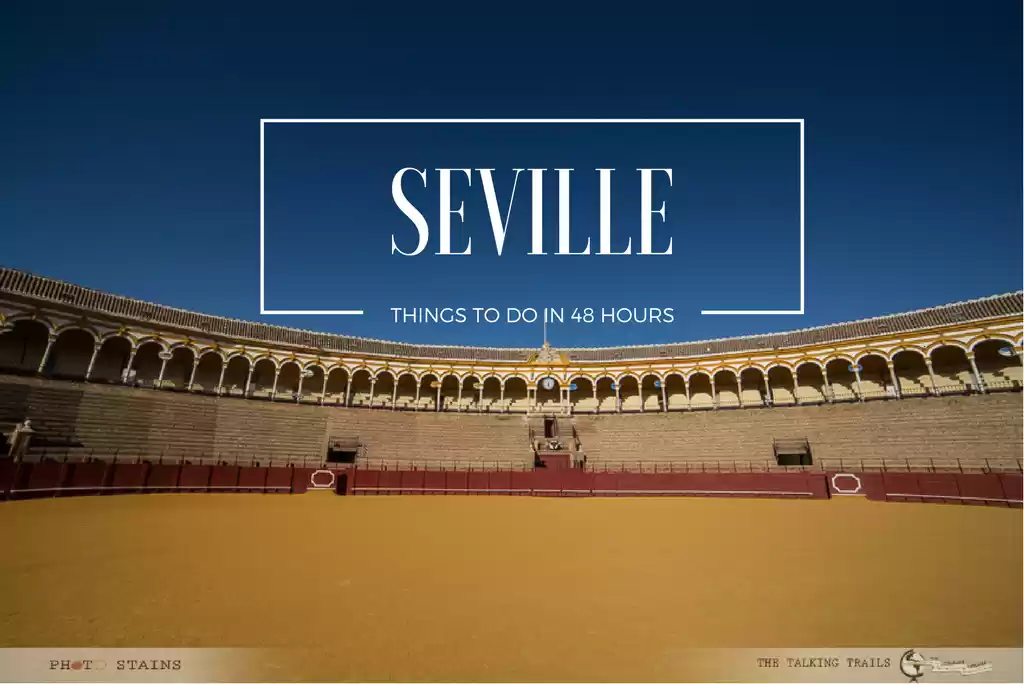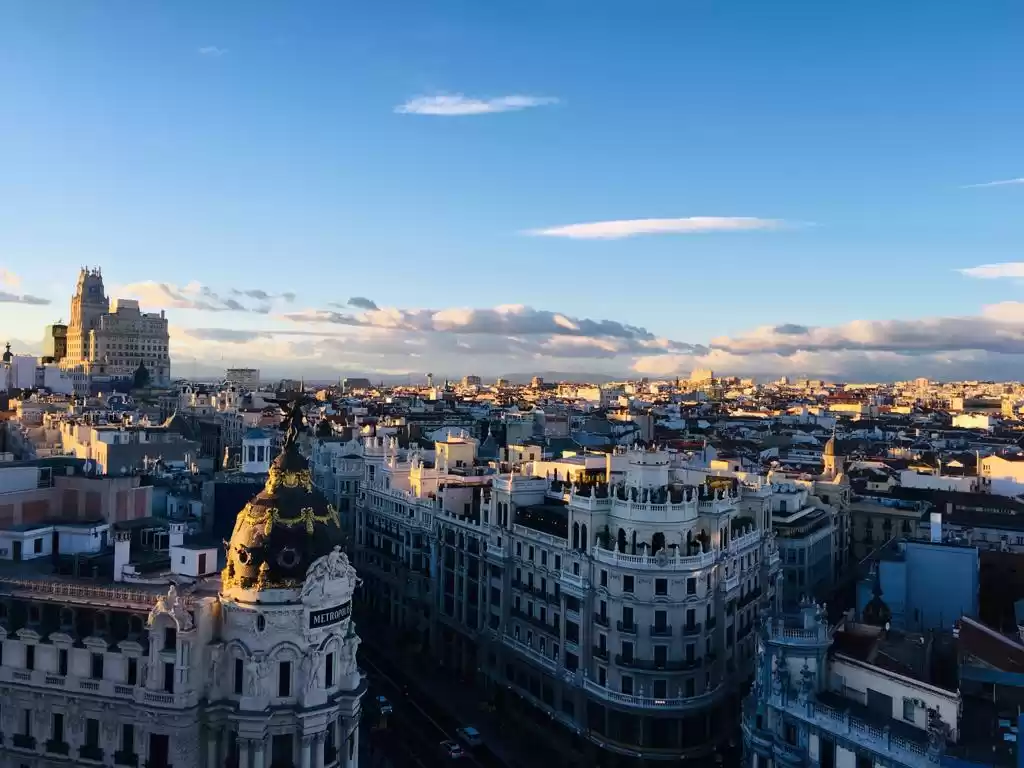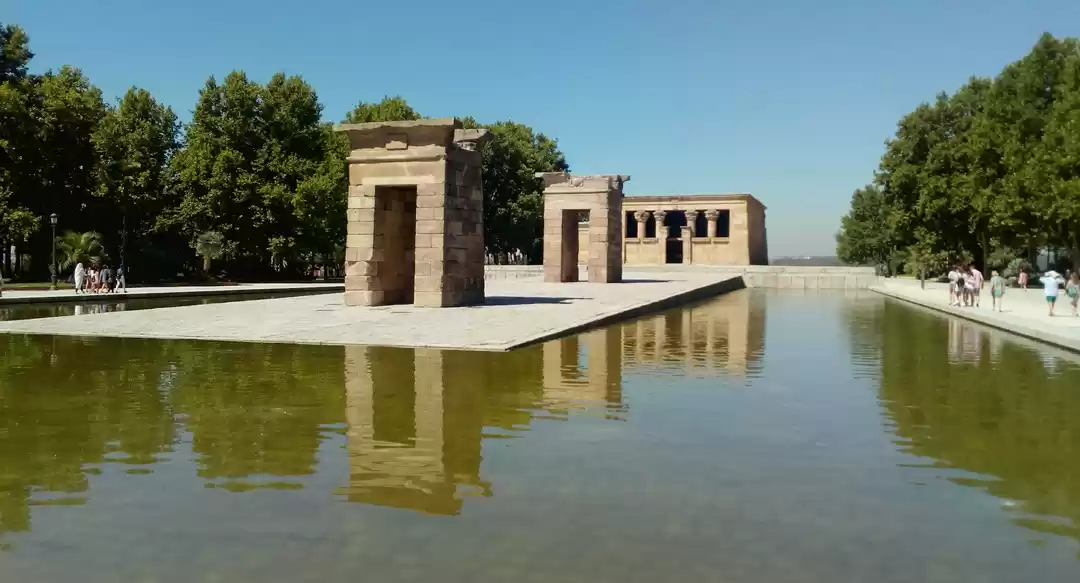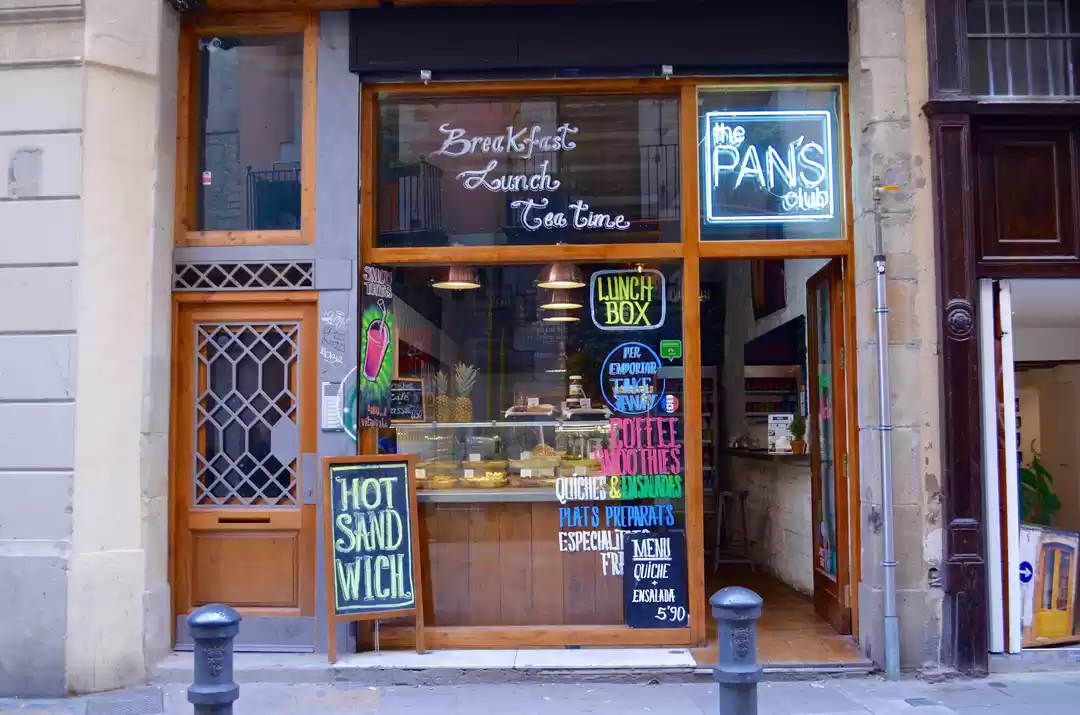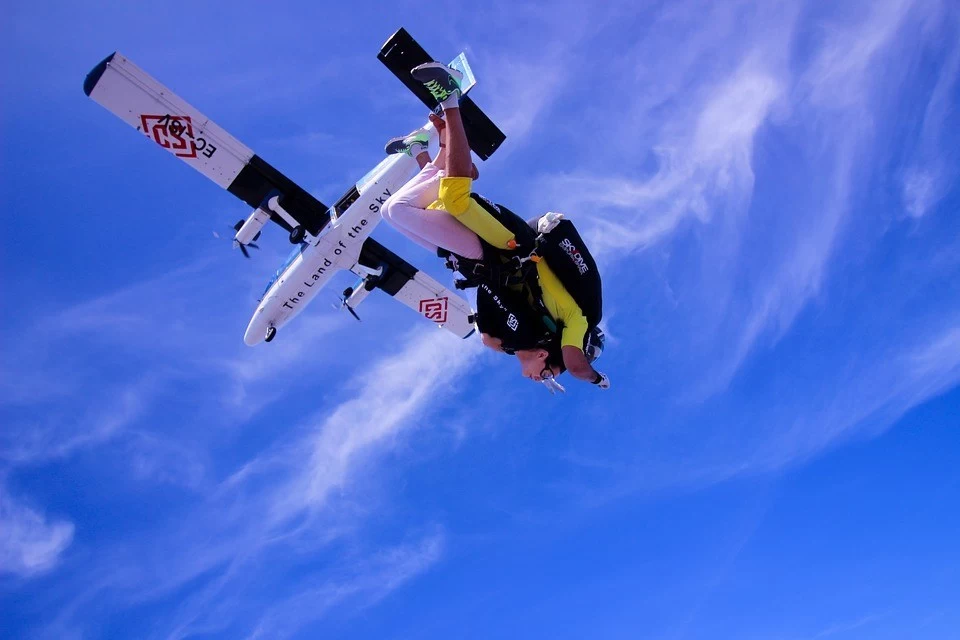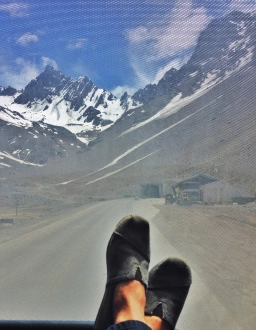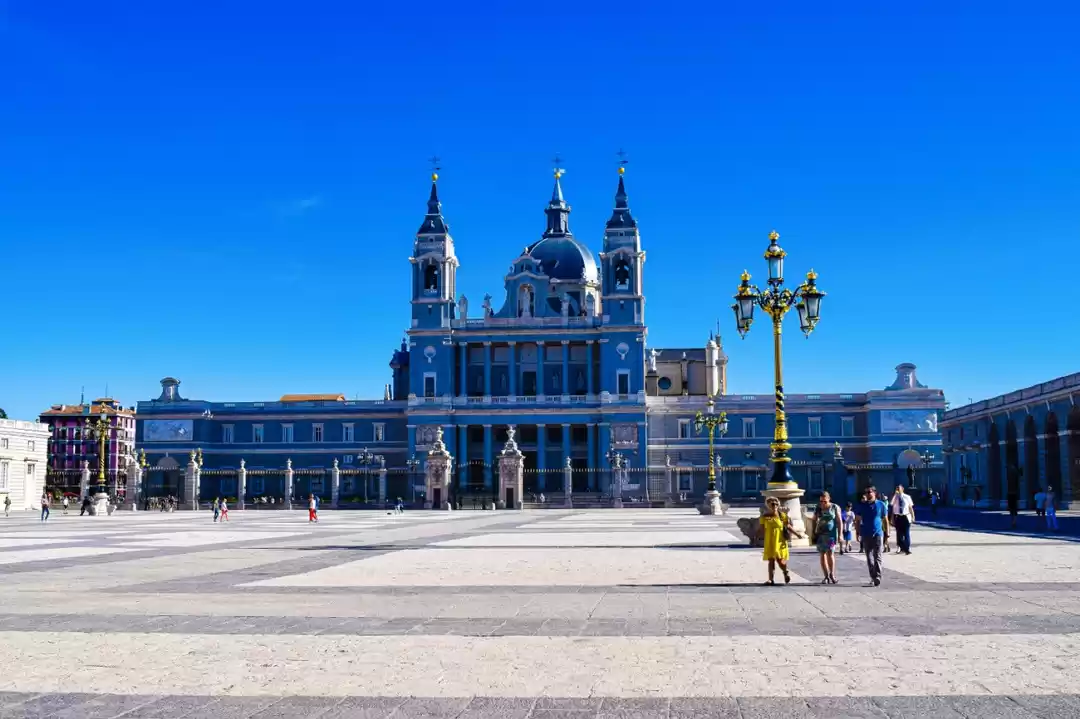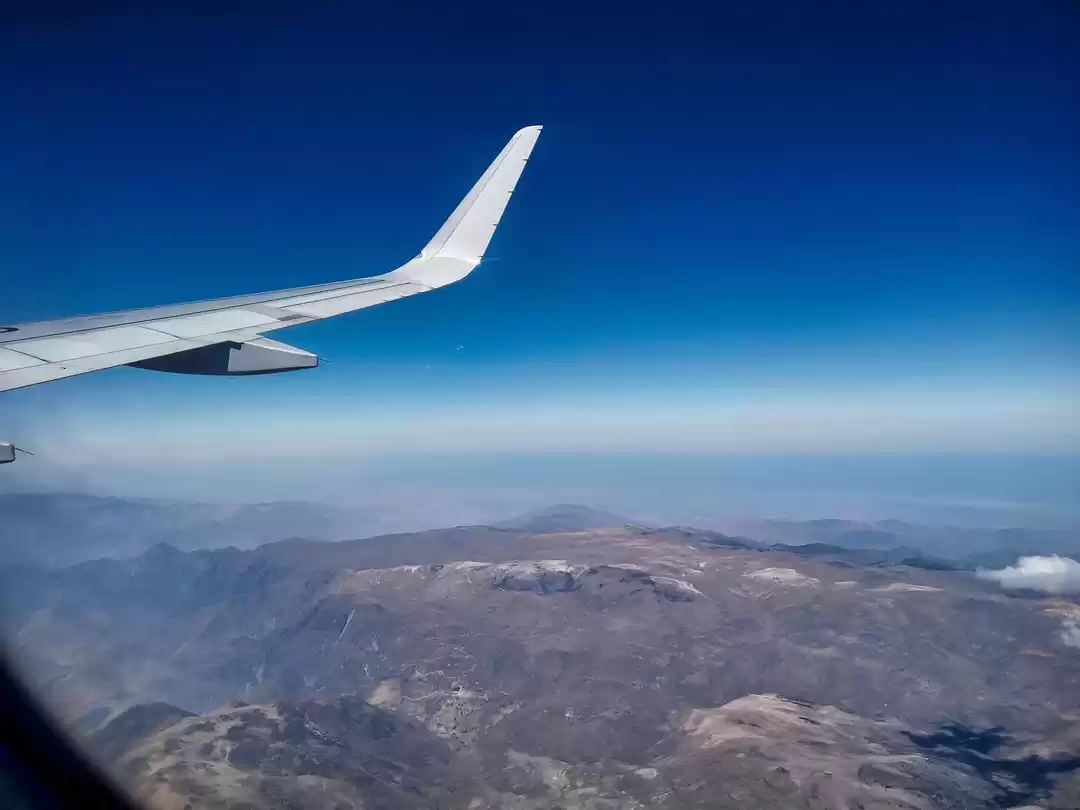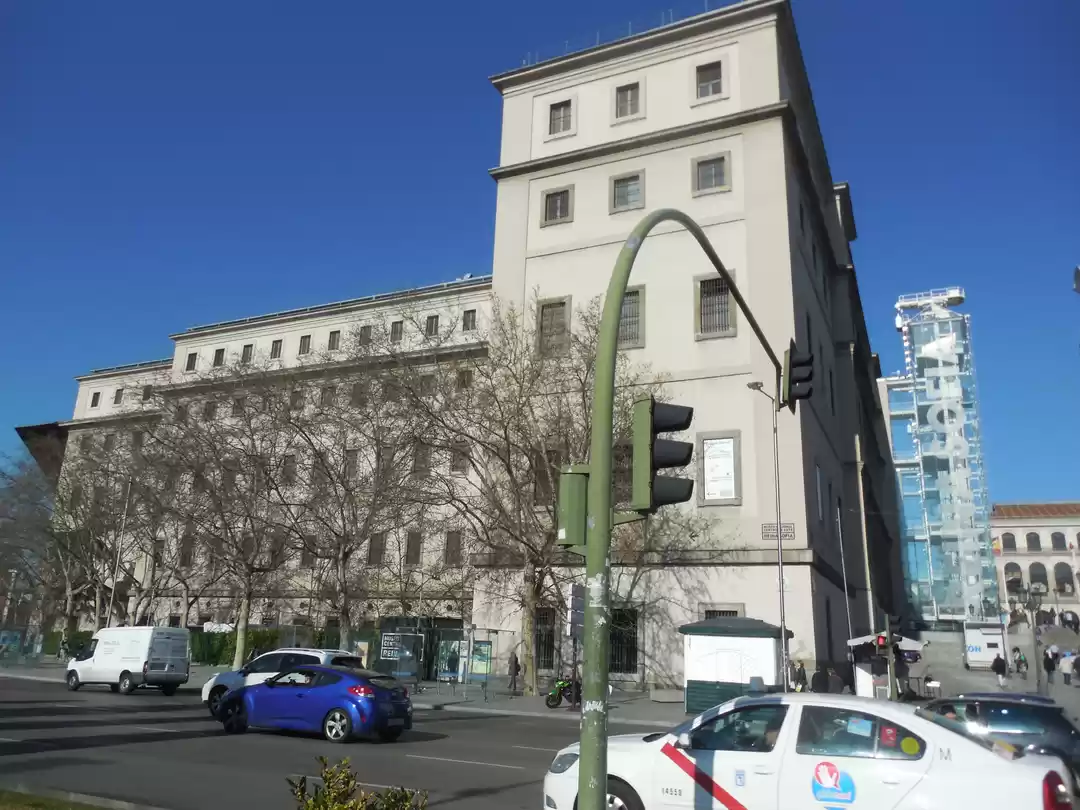
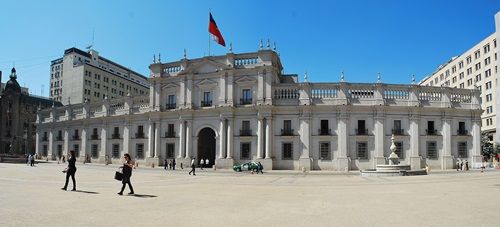
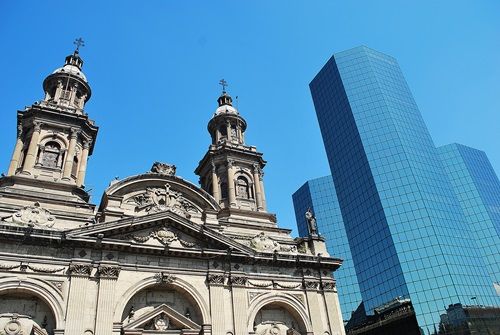
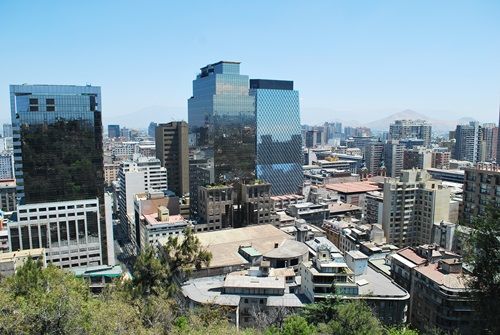
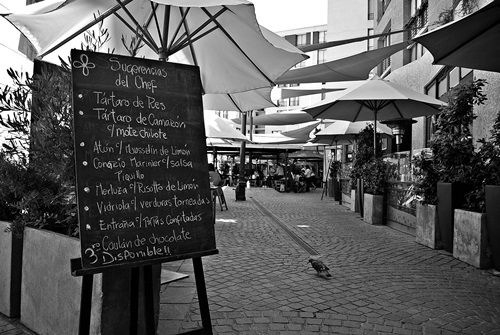
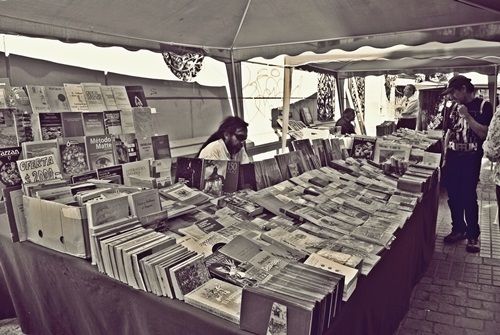
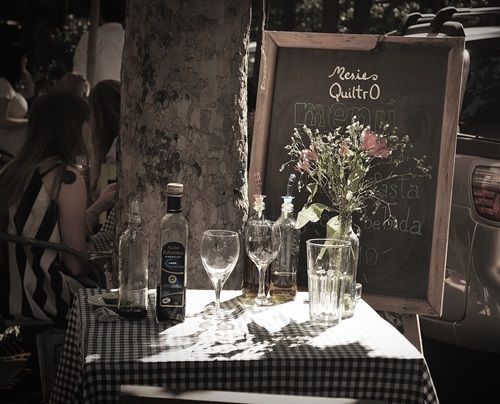
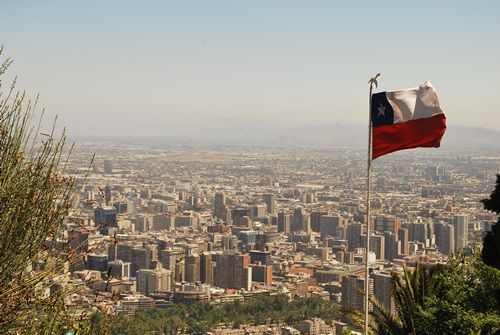
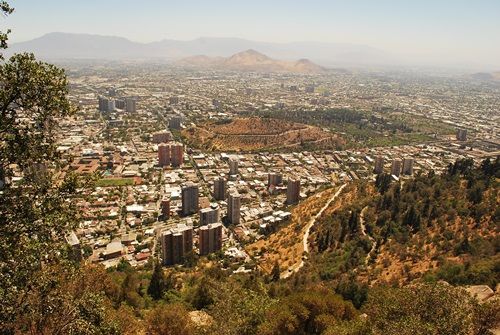
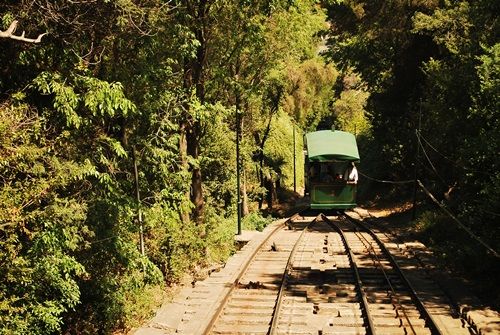
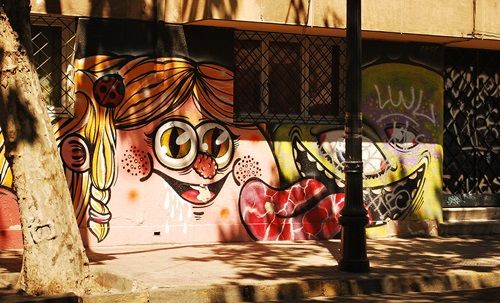
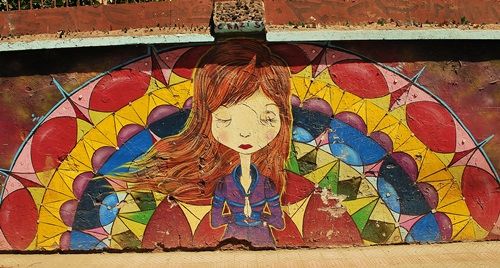
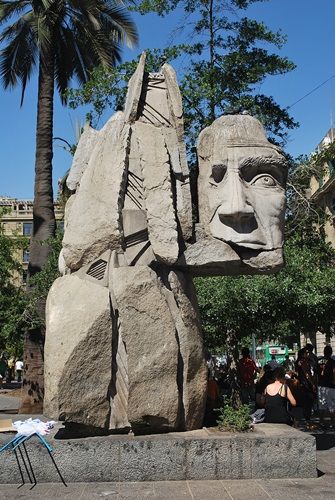
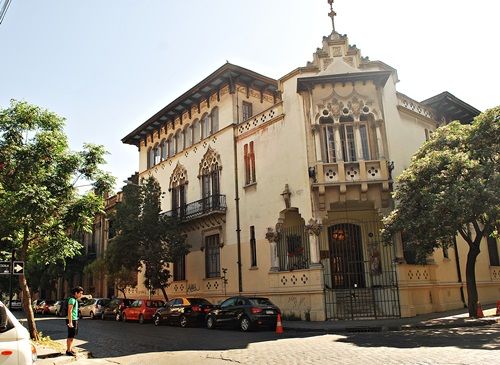
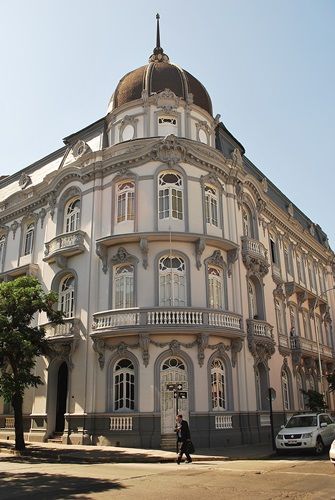
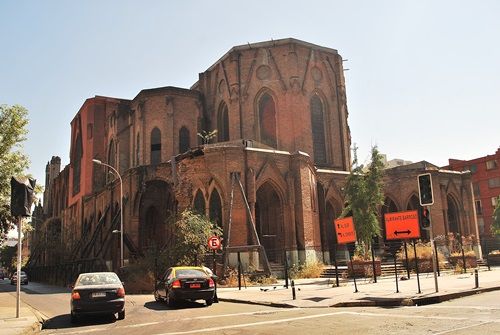
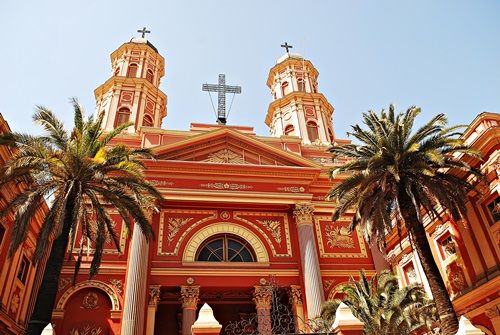
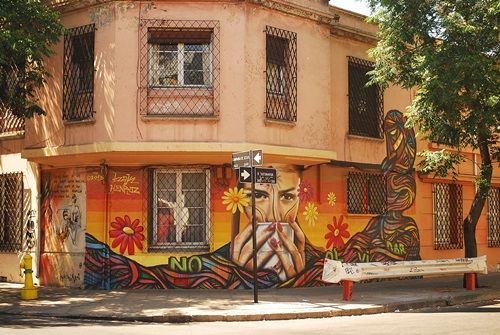
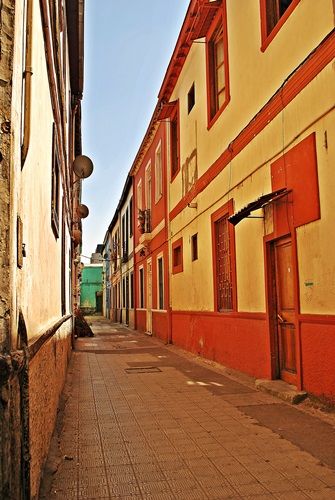
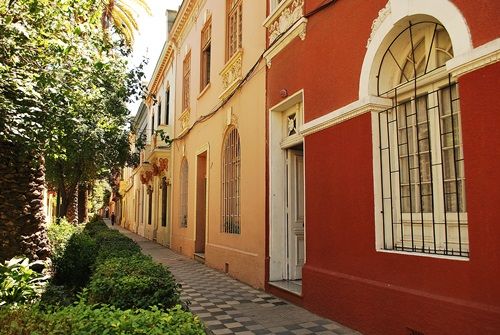
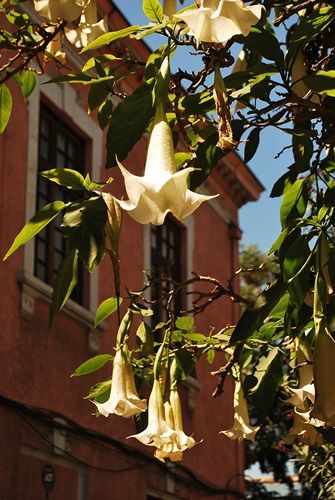

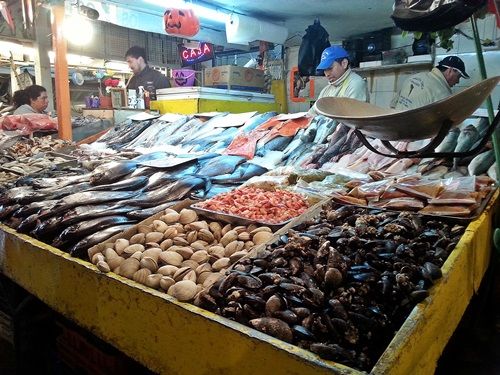
You haven’t truly seen Santiago, if you didn’t visit its neighbourhoods, the so-called barrios. Santiago’s barrios are so diverse, each one could be a whole new city.
On your trip to Santiago, take most of your time to visit the several part of the city. It’s the best way to learn about different origins and influences. The following ones should be on your must-visit list:
-
Lastarria
-
Bellavista
-
Microcentro
-
Brasil
Lastarria is the neighborhood I stumbled upon almost accidentally by joining the Foto-Ruta tour. I haven’t heard of this barrio before but was incredibly thrilled and inspired by walking through the streets and taking photos.
Lastarria is the hip part of Santiago with heaps of restaurants, street art and little alternative shops. Head to the Flea Market on the weekend and find some unique antiques or old books or enjoy the street painters, jugglers and other artists. The neighborhood offers a lot of cultural institutions and events. The city’s Museum of Visual Arts can be found here as well as some alternative cinemas and theatres.
Head up to the hill Cerro St. Lucia on the edge of the neighbourhood for a bit of quiet. You’ll see the skycrapers of Santiago with the Andes in the background and will get a great overview of the city from above. The hanging gardens, the big terrace and the main square Neptuno (on the food of the hill) should not be missed on your trip to Santiago. Café Recommendation: A bit hidden but still in walking distance, you find Cafe Mesié Quiltro(Rosal 384). They sell really good coffee and some amazingly tasty and fresh dishes.
Getting there: Get off Metro Station Universidad Católica.
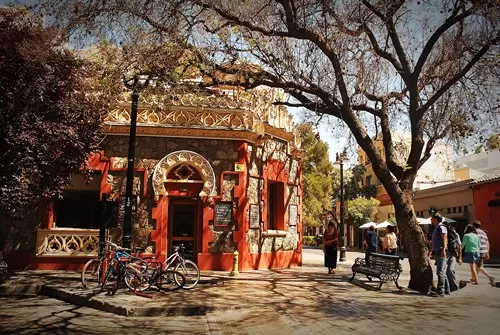
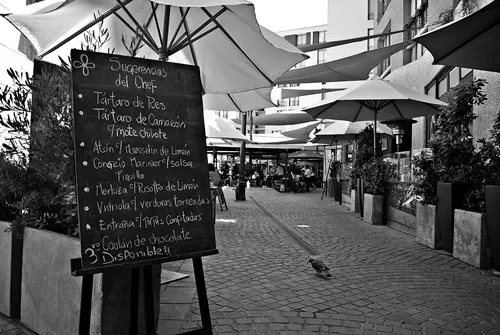
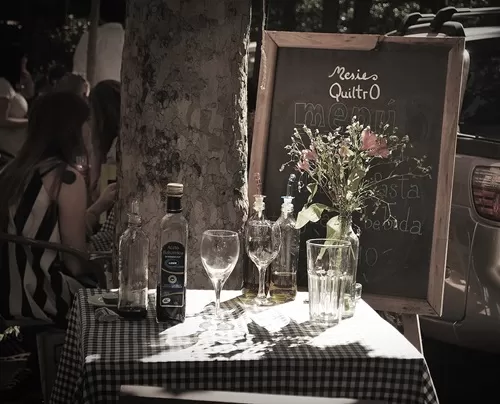
This neighbourhood is probably better known as Lastarria as it is famous for going out to eat or dance. The neighbourhood is pretty quiet during day time but will be packed with people as soon as it’s getting dark. The restaurants, bars and clubs can mainly be found on Calle Constitución and Pio Nono.
The neighbourhood also hosts the house La Chascona (Fernando Márquez de la Plata 0192) where Pablo Neruda lived and heaps of other colonial houses.
Another great spot to see the city from above is Cerro San Cristobal. You can buy a return ticket for the cable car up the hill for 2,000 Chilenian Pesos (about 2.60 €) during the week or 2,600 Chilenian Pesos (about 3.40 €) on the weekend. Apart from a park with its amazing view, you can visit the Zoo which is situated up there as well as a swim in a pool. They also offer free sport activities like Yoga in the park, have a look here to find a schedule. Bellavista is also a great place to admire some street art. Two streets with lots of street art are Bombero Núñez and Antonia López de Bello. Restaurant Recommendation: Visit the restaurant Galindo on the corner Dardignac and Constitución. They offer a lot of Chilenian dishes at reasonable prices. I recommend you to try Cazuela de Vacuno or Lomo a lo pobre.
Getting there: The barrio is situated north of the Mapoche river. Get off at the metro station Baquedano, cross the river and you’ll there.
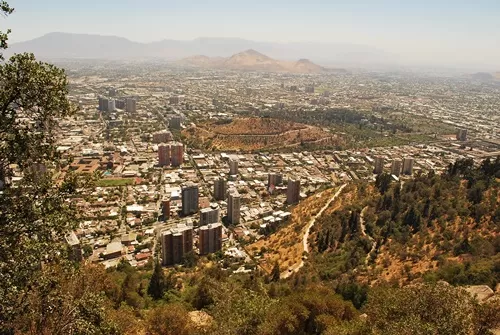
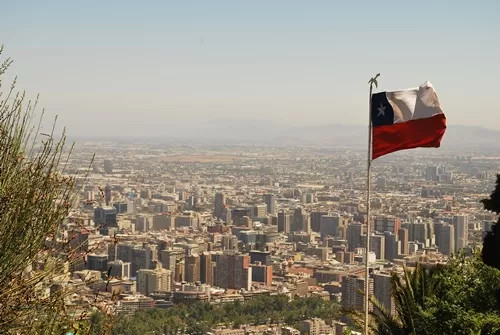
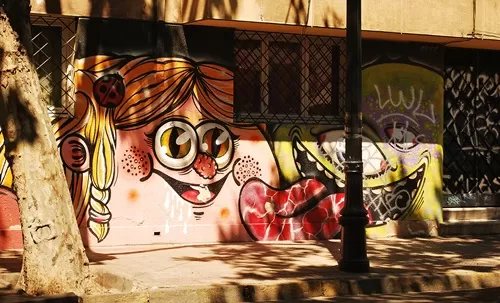
The centre of the city is full of historic buildings and shopping facilities. Visit Plaza de Armas, the presidential palace and the cathedral. A short walk away, you find the central market where you can buy or eat some fresh fish or eat in one of the restaurants inside of the market. Do the free “Good Morning Santiago” tour of Spicy Chile at 10 am or 2pm to and see all the important sights of the city and get some historical background. Try one of the legendary Chilenian Hot Dogs, the so-called Completos in one of the several Domino stores within the city centre or visit a café con piernas. A café con piernas is a coffee shop where the waitresses wear short dresses and high heels. The bar is open underneath it and you have a good view on their long legs Getting there: Get off Metro station Plaza de Armas and you’ll find yourself in the plain centre of the city.
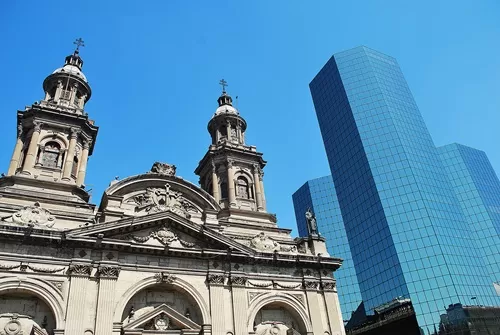
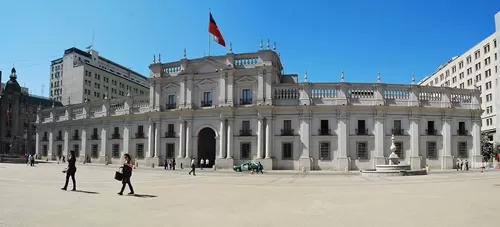
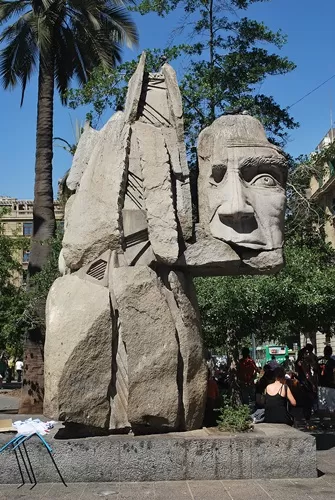
The neighbourhood Brasil can be found in the west of the city centre. It was the barrio of the upper-class in the 1800s and you can find heaps of old buildings which still remain from that period. Thus you find a variety of very interesting styles of architecture here. Find the Basilica San Salvador which was destroyed during an earthquake in the past. Since the earthquake in 1985, they have been rebuilding the cathedral but there is still a lot of work to do. Aong the way you also find the beautiful church of San Francisco. Following Avenida Brasil and around the square Plaza Brasil, you can find some cheap restaurants. The square is also famous for its cultural scene. The barrio also hosts a university and two parks: Parque Quinta Normal and Parque O’Higgins.
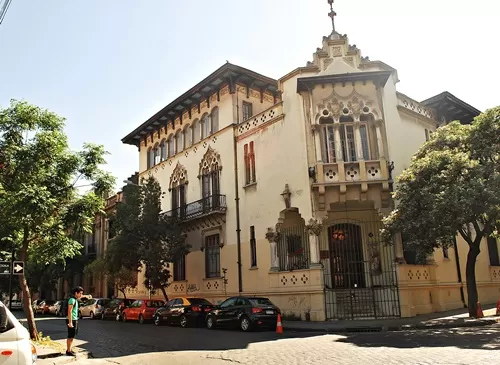
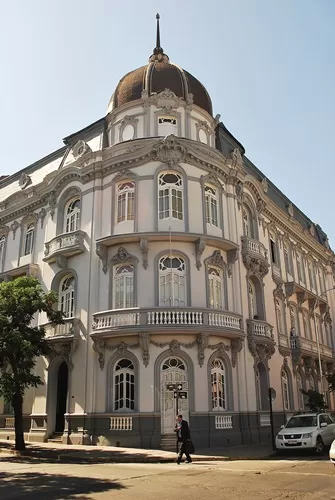
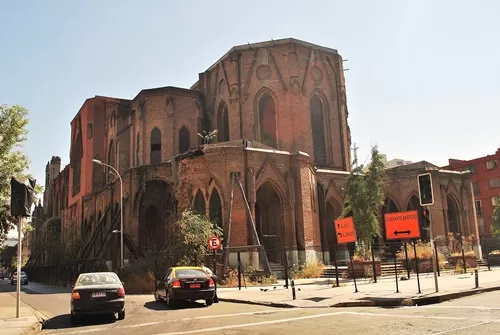
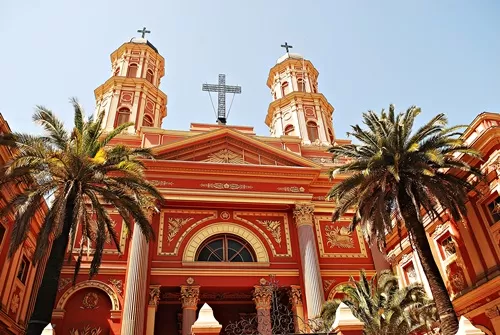
Yungay on the other hand is the neighbourhood of the former middle class of Santiago. Cobblestone streets and little colonial houses beautify this area. You’ll see some cités which are rows of houses that extend down narrow alleyways. On the first photo, you’ll see a poorer cite and the second one is for the richer population. Tour tip: Take part in the free Patrimonial Tour of Spicy Chile. They will give you a good historical background of this area. At the end of the tour, you’ll arrive at the Museo de la Memoria. A museum which commemorates the Chilenian dictatorship and is a must-visit in my opinion as it is an important part of Chile’s history. The entrance to the museum is for free so you will be educated about the history without paying anything. A lot of information is available in Spanish but you will find information in the English language as well. Getting there: Get off Metro station Cumming.
